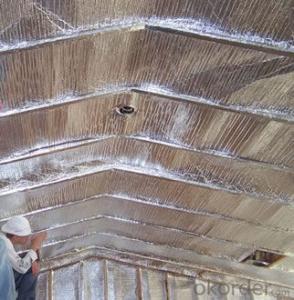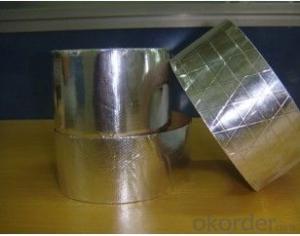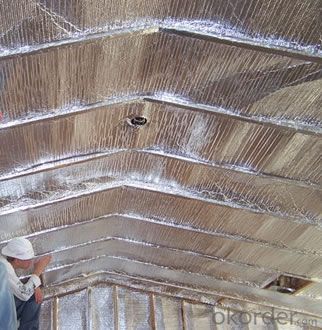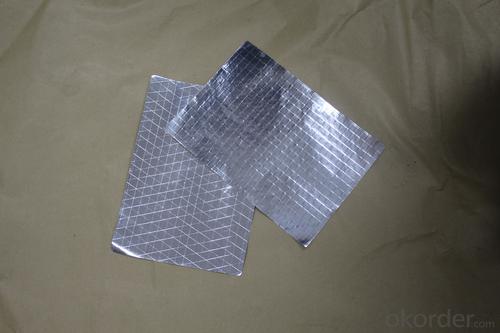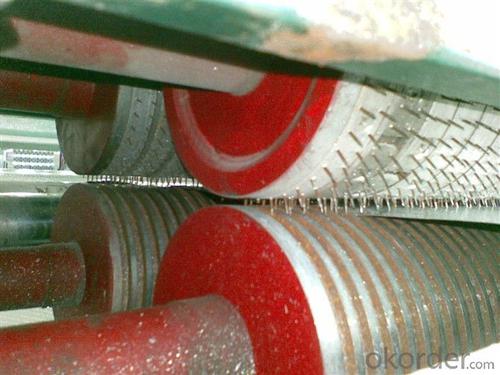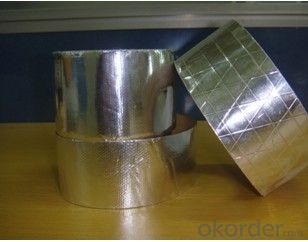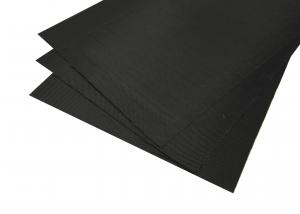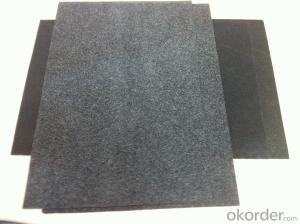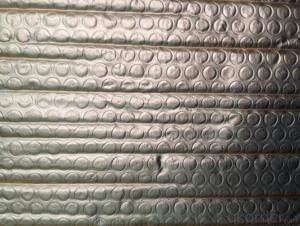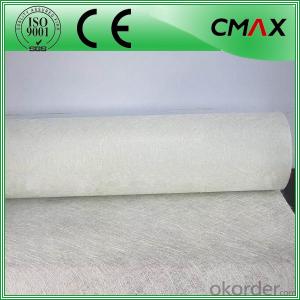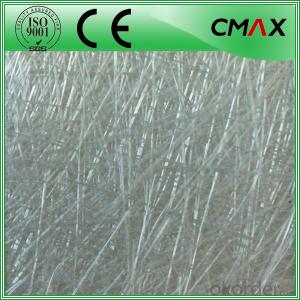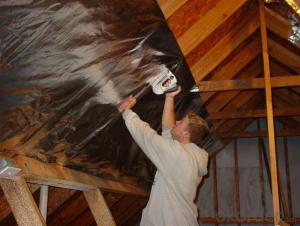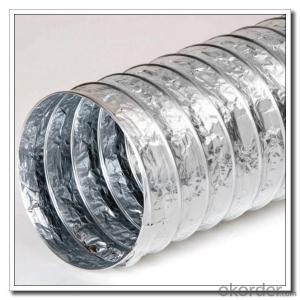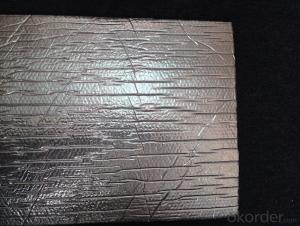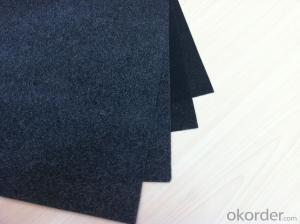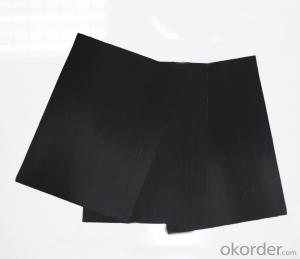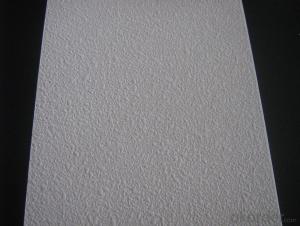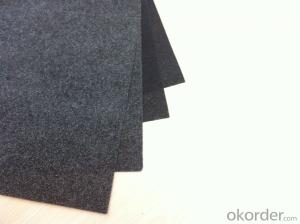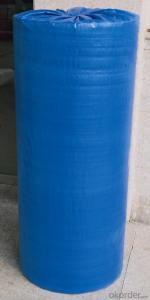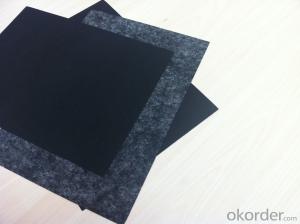flexible ducts bubble save energy
- Loading Port:
- China Main Port
- Payment Terms:
- TT OR LC
- Min Order Qty:
- -
- Supply Capability:
- -
OKorder Service Pledge
OKorder Financial Service
You Might Also Like
Application:
1,Building Thermal Insulation Material
(1),Roof,Underlay,Under Concrete & floor Insulation;
(2),Attic,Crawl Space,Stud Wall ,Metal Frame Building Insulation.
2,Wrapping
(1),Protective coatings of ventilating pipe,HVAC Duct & Pipe;
(2),Shells of air conditioner and water heater.
Feature:
1), Waterproof, heavy duty, clean, light, flexible, non-absorbent surface
2), Fire resistant & antiglare
3), Recyclable, environmentally friendly
4), Effective in extreme temperatures both hot and cold
5), Easily install, cut, stapled, nailed or glued into place
6), Safe to handle with no special clothing or breathing Equipment
Feature:
1), Waterproof, heavy duty, clean, light, flexible, non-absorbent surface
2), Fire resistant & antiglare
3), Recyclable, environmentally friendly
4), Effective in extreme temperatures both hot and cold
5), Easily install, cut, stapled, nailed or glued into place
6), Safe to handle with no special clothing or breathing Equipment
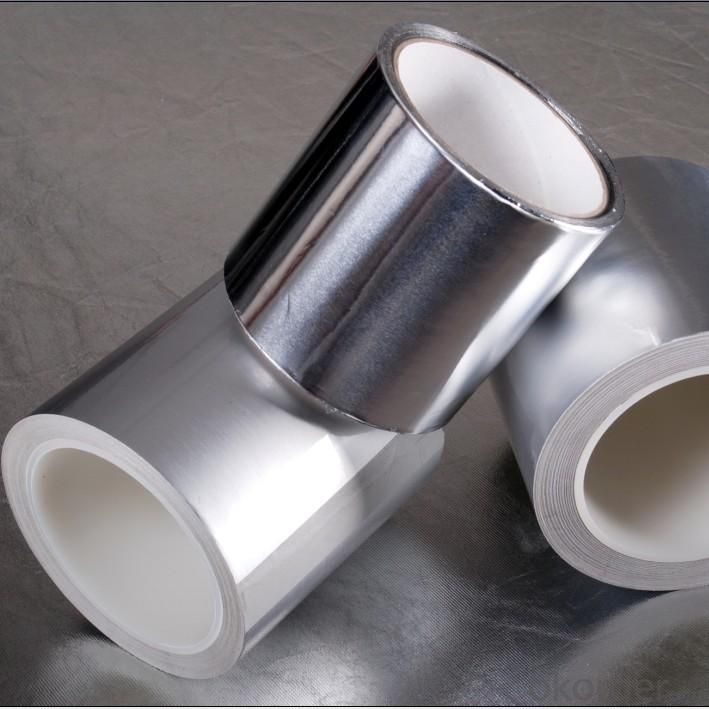

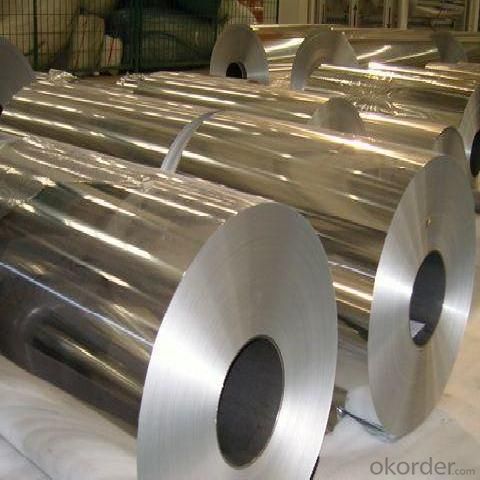
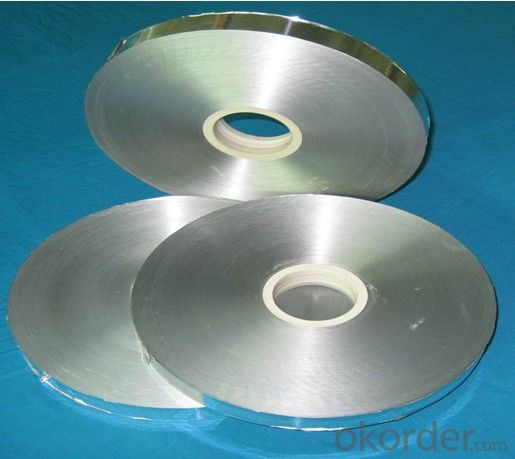
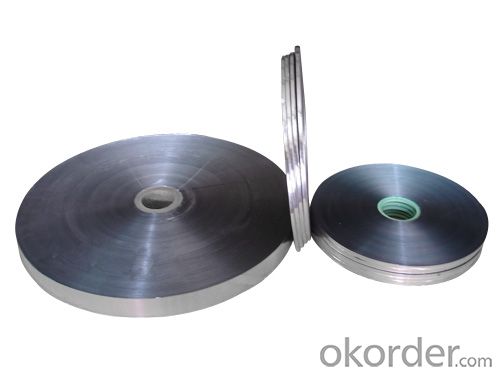
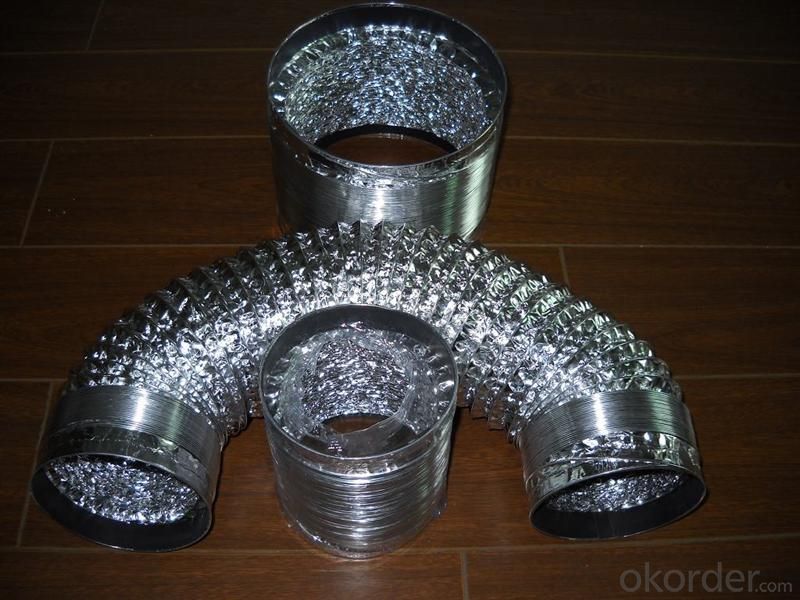
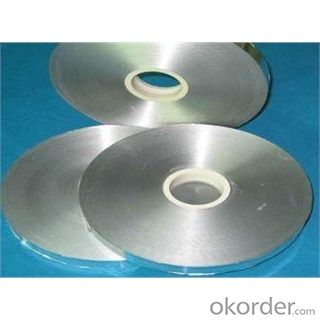
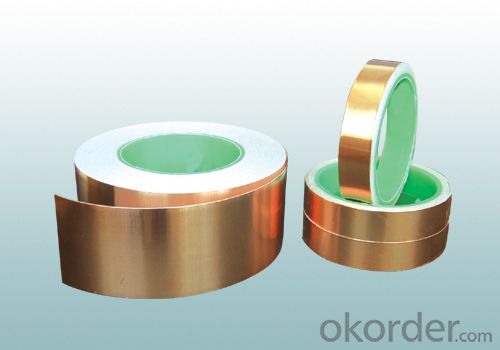

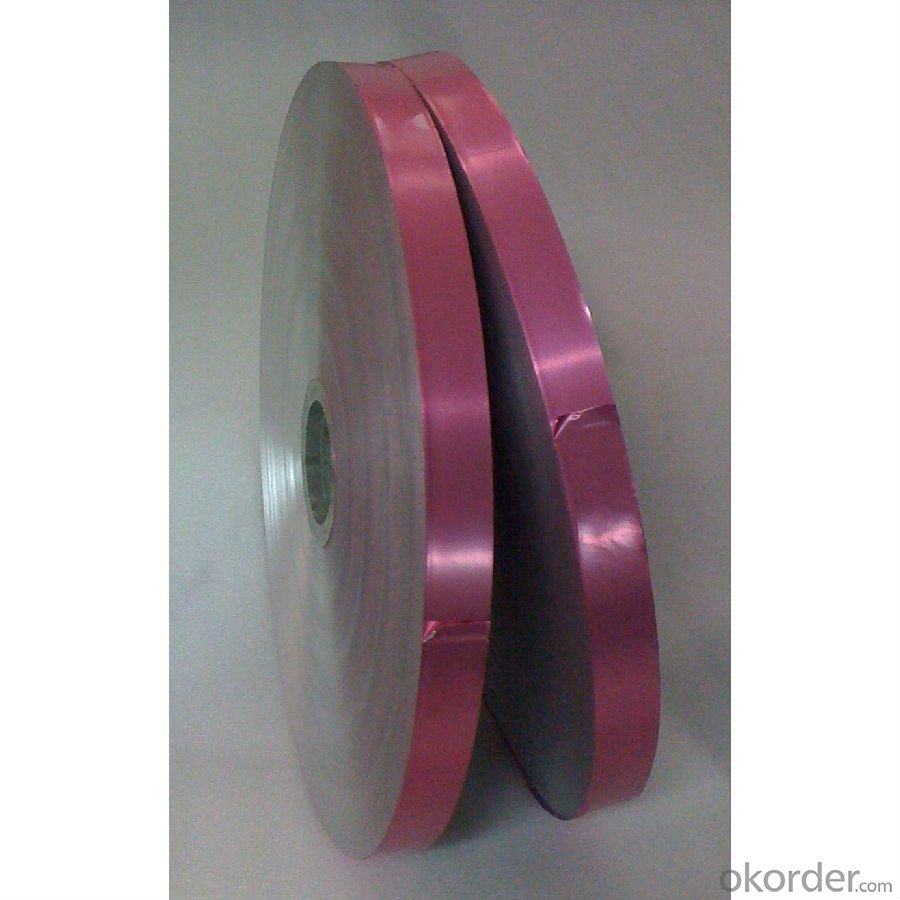
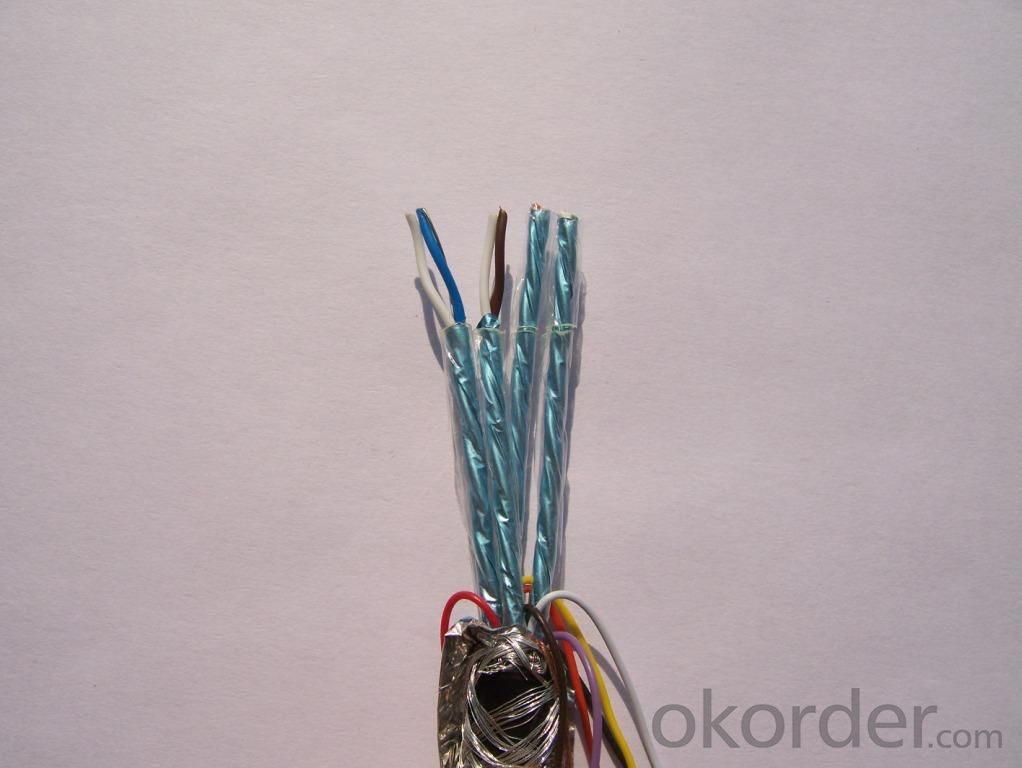
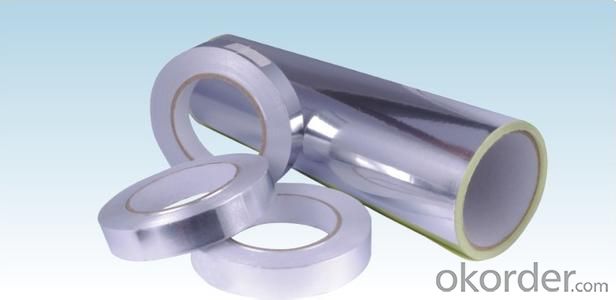
- Q: Is it permissible to use a personal brand of black fiberglass tissues for residential or commercial purposes?
- <p>Yes, you can use your own brand of black fiberglass tissues in your home or business. However, it's crucial to ensure that the product meets safety and quality standards. Check for certifications like ISO or ASTM to guarantee compliance with industry standards. Always follow the manufacturer's guidelines for installation and usage to maintain safety and effectiveness.</p>
- Q: What are the environmental advantages of using black fiberglass tissues compared to paper tissues?
- <p>Black fiberglass tissues, also known as black cellulose tissues, offer several environmental benefits over paper tissues. They are made from a blend of cellulose fibers and are designed to be more durable and reusable, reducing the need for disposable paper products. This can lead to less deforestation and waste in landfills. Additionally, black fiberglass tissues are often more resistant to tearing and can hold up better in wet conditions, reducing the need for multiple tissues. This durability can decrease the overall consumption of tissues, which in turn can lessen the environmental impact associated with the production and disposal of paper products.</p>
- Q: This question asks if there is any difference between black fiberglass tissues that are domestically produced and those that are imported.
- <p>Yes, there can be differences between domestic and imported black fiberglass tissues. These differences may include quality standards, manufacturing processes, material composition, and cost. Domestic products are often more readily available and may be subject to local regulations and standards, while imported products might have different certifications or comply with international standards. Additionally, the cost can vary due to factors like transportation, import duties, and market demand. It's important to consider the specific application and requirements when choosing between domestic and imported black fiberglass tissues.</p>
- Q: Is it safe to touch or work with black fiberglass tissue?
- <p>Black fiberglass tissue is generally safe to handle, but it's important to take precautions. Fiberglass can cause skin irritation and respiratory issues if inhaled. Always wear protective gloves, long sleeves, and a dust mask or respirator when working with fiberglass. Avoid prolonged skin contact, and wash your hands thoroughly after handling. If you experience any adverse reactions, seek medical attention promptly.</p>
- Q: Is the use of black fiberglass tissues safe in residential or commercial settings without taking any specific safety measures?
- <p>While black fiberglass tissues can be used in homes or businesses, it's important to take necessary precautions. Fiberglass is made of fine glass fibers that can be inhaled and may cause irritation to the skin, eyes, and respiratory system. Always wear protective gear such as gloves, goggles, and a mask when handling fiberglass. Ensure proper ventilation to avoid inhaling fibers and clean up carefully to prevent the spread of fibers around the area. Consult material safety data sheets (MSDS) for specific safety instructions related to the product you are using.</p>
- Q: What is the typical thickness of fiberglass facing?
- The typical thickness of fiberglass facing ranges from 0.2 to 1.0 millimeters.
- Q: What distinguishes black fiberglass tissue from other types of tissues in terms of color, material, and usage?
- <p>Black fiberglass tissue is a type of non-woven fabric made from black fiberglass fibers, known for its high tensile strength, heat resistance, and chemical stability. It differs from other tissues primarily in color, as most tissues are white or natural-colored. Additionally, black fiberglass tissue has unique properties such as resistance to UV light, making it suitable for outdoor applications. It's often used in construction, automotive, and electrical insulation, whereas other tissues might be used for cleaning, medical purposes, or as a base for hygiene products.</p>
- Q: This question asks for the optimal methods to install black fiberglass tissues, which are commonly used for insulation or flooring purposes.
- <p>The best ways to install black fiberglass tissues for insulation or flooring involve the following steps: 1. Preparation: Ensure the area is clean and dry. 2. Measuring and Cutting: Measure the area and cut the fiberglass to fit precisely. 3. Laying the Fiberglass: Start from one corner and work your way across, ensuring the material lays flat without wrinkles. 4. Securing the Fiberglass: Use adhesive or mechanical fasteners to secure the fiberglass in place. 5. Overlapping: When necessary, overlap the sheets and secure the overlap to prevent gaps. 6. Finishing: Apply a vapor barrier or underlayment if required, and finish with the desired flooring material. Always follow the manufacturer's instructions for the specific product being used.</p>
- Q: Can fiberglass facing be painted or customized?
- Certainly! Fiberglass facing has the capability to be painted or personalized. Fiberglass, known for its versatility, can be easily painted with a variety of paint types, including acrylic or oil-based options. Prior to painting, it is crucial to adequately prepare the surface by thoroughly cleaning it and eliminating any dirt or debris. Additionally, it is advisable to utilize a primer to enhance adhesion and guarantee a polished outcome. Once the primer has dried, you can proceed to apply the desired paint color or personalize the fiberglass facing through the use of stencils, decals, or other decorative techniques. Nevertheless, if the fiberglass facing is going to be exposed to harsh weather conditions, it is vital to utilize paint and materials suitable for outdoor use. By undertaking the appropriate preparations and utilizing the right paint, fiberglass facing can be painted or personalized to satisfy your specific aesthetic preferences or design requirements.
- Q: Is it safe to use recycled black fiberglass tissues in residential or commercial settings without taking any special safety measures?
- <p>While recycled black fiberglass tissues can be used in homes or businesses, it is important to take certain precautions. Fiberglass can release fine particles that may cause irritation to the skin, eyes, and respiratory system. It's advisable to wear protective gear such as gloves, masks, and goggles when handling. Ensure proper ventilation to minimize inhalation of fibers. Additionally, it's crucial to follow all manufacturer guidelines and safety data sheets for the specific product being used to ensure safe handling and disposal.</p>
Send your message to us
flexible ducts bubble save energy
- Loading Port:
- China Main Port
- Payment Terms:
- TT OR LC
- Min Order Qty:
- -
- Supply Capability:
- -
OKorder Service Pledge
OKorder Financial Service
Similar products
Hot products
Hot Searches
Related keywords
